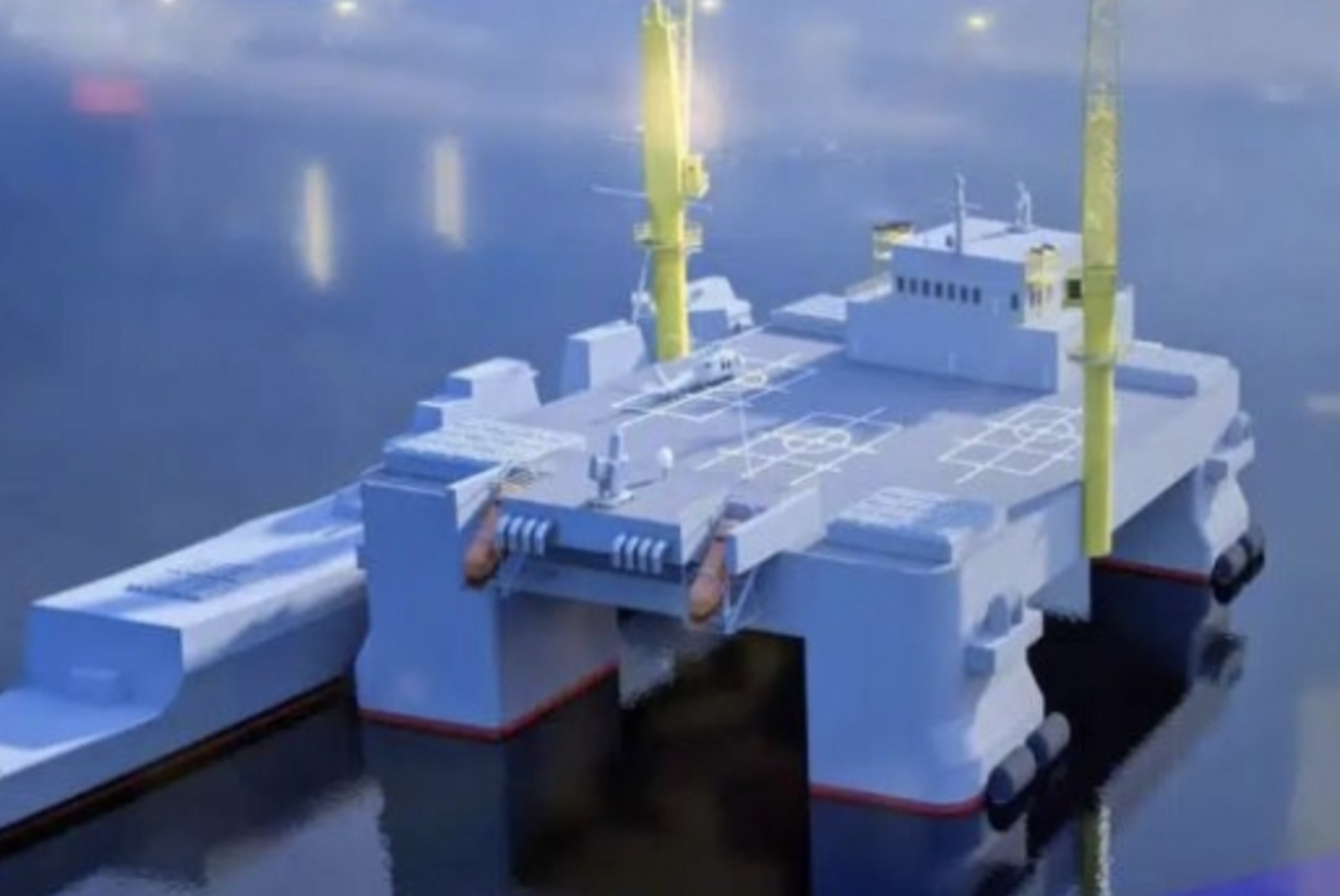

The US Navy is converting surplus oil rigs into mobile missile defense and resupply bases as part of the Mobile Defense/Depot Platform (MODEP) Concept. This innovative defense solution is aimed at countering missile threats in the Pacific, particularly from China. The MODEP concept was unveiled at the Sea Air Space 2024 expo and is expected to enhance air defense capabilities and aid in strike missions. These converted platforms will have potential dual roles in missile defense and resupply, marking a strategic shift in military strategy to adapt to evolving threats and technological advancements [35f24634].
The MODEP concept addresses the increasing vulnerability of the US to rival missile threats in the Pacific. By repurposing surplus oil rigs, the US Navy aims to create large floating island bases that can operate independently for over 12 months. These platforms could hold up to 512 vertical launch system (VLS) cells or 100 large missile launchers, filling ballistic missile defense (BMD) capability gaps and providing an at-sea reloading solution for the US Navy. The acquisition of these surplus rigs is estimated to cost 10% of a BMD version [45ecf8bb] [35f24634].
While the conversion of oil rigs into missile defense and resupply bases is an innovative approach, there are concerns about the high cost, vulnerability to missile attacks, and effectiveness compared to conventional sealift capabilities. Critics question the military and economic sense of converting oil and gas platforms into BMD-capable assets. The vulnerability of oil and gas platforms raises further questions about their suitability for missile defense purposes [45ecf8bb] [35f24634].